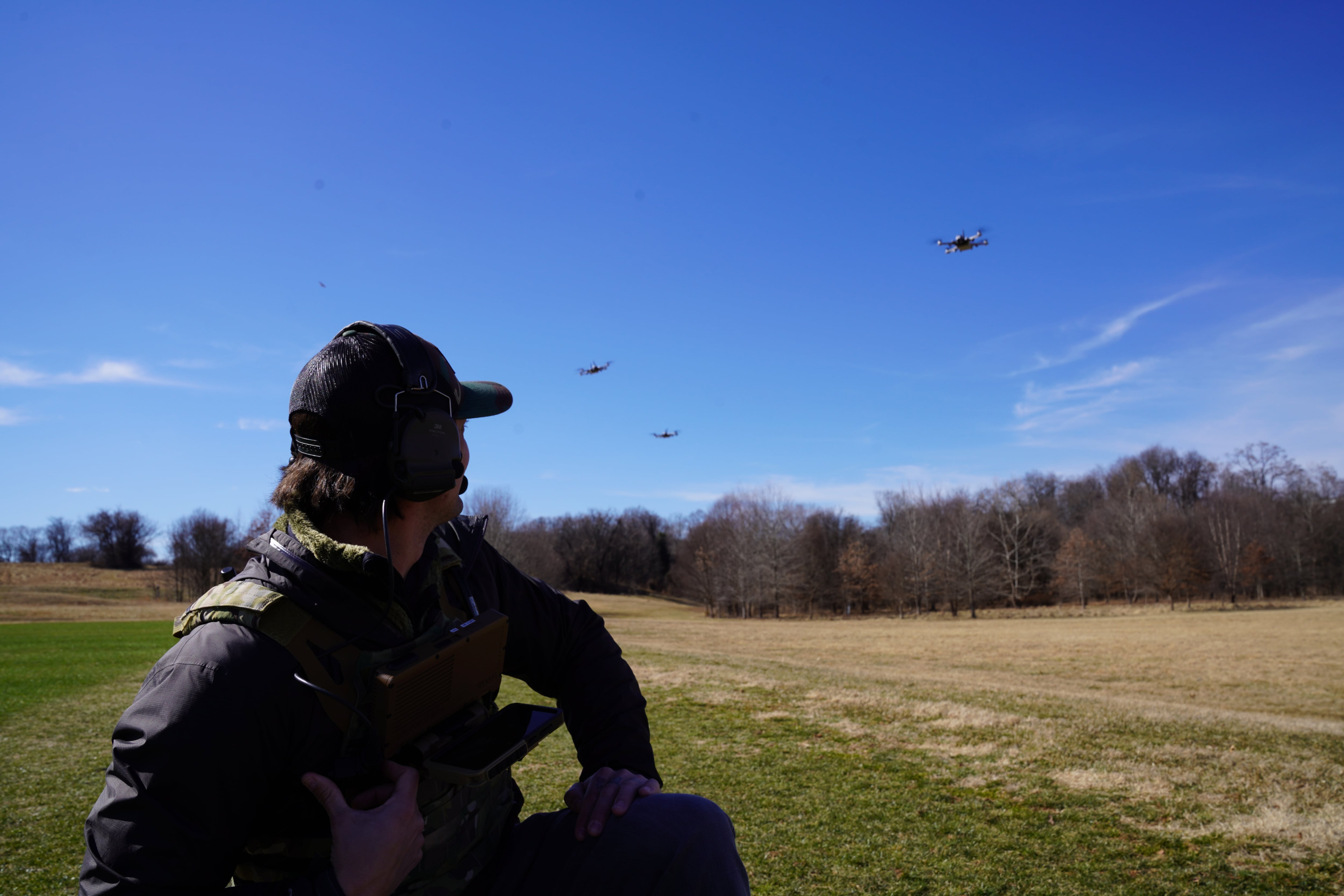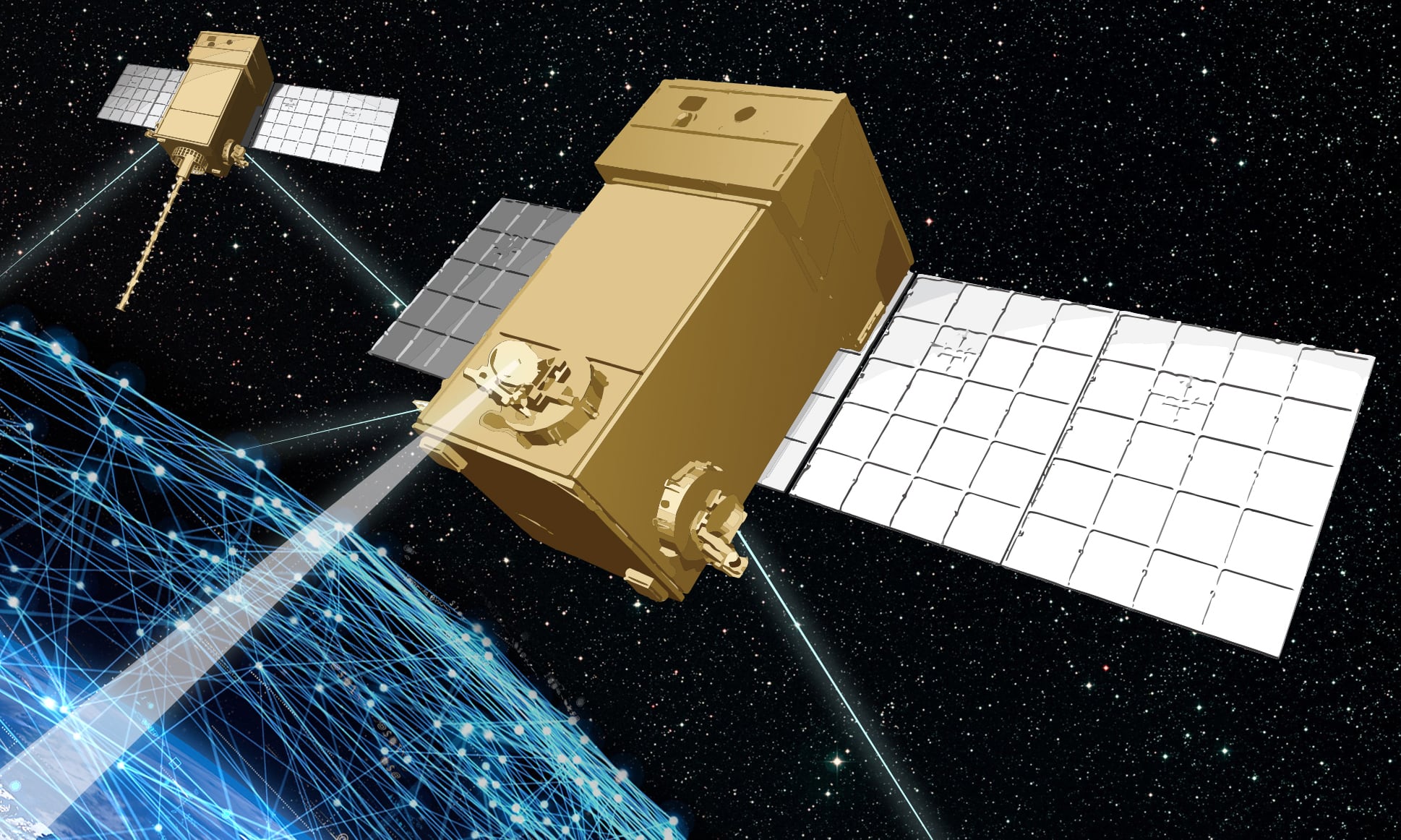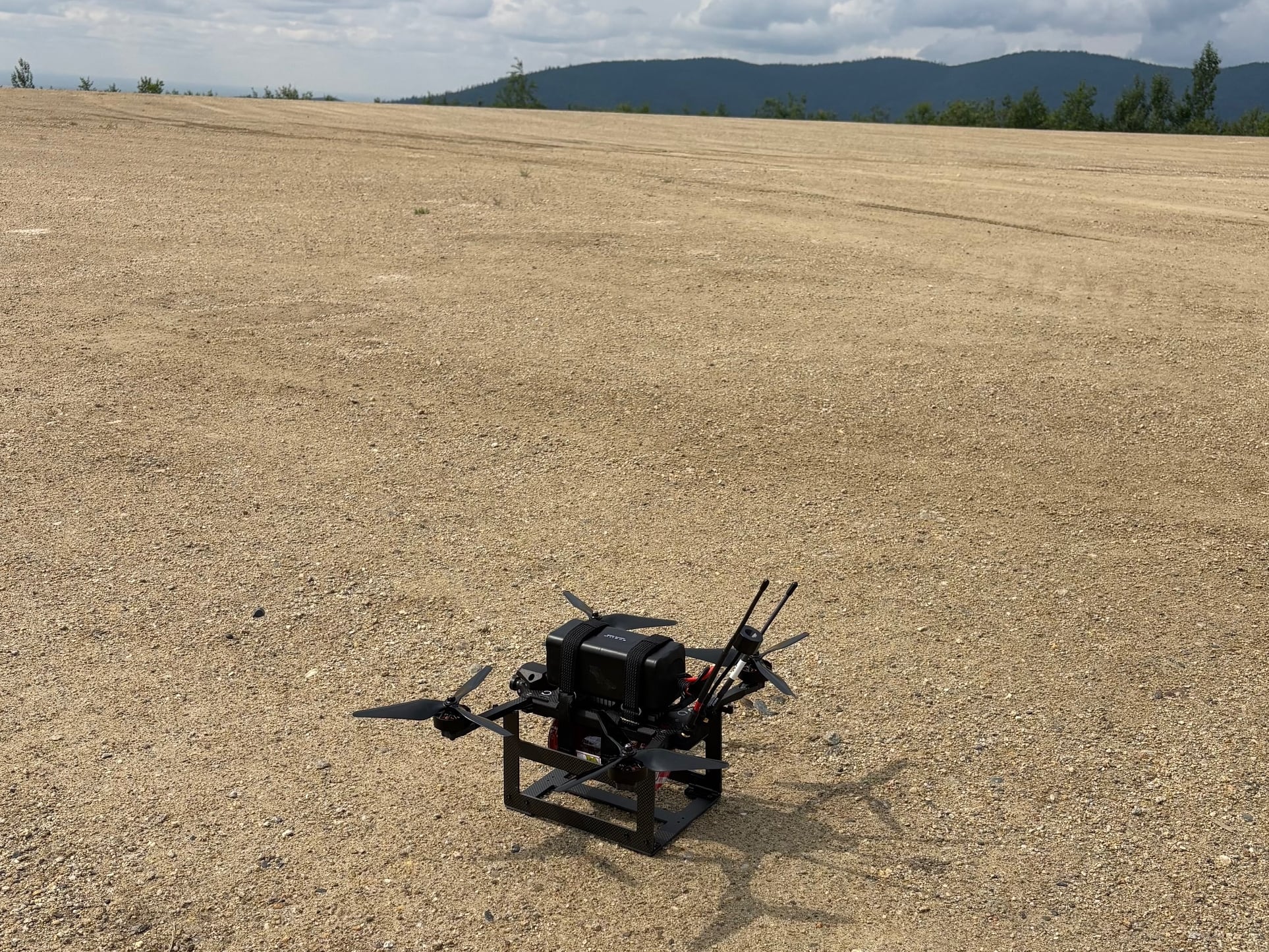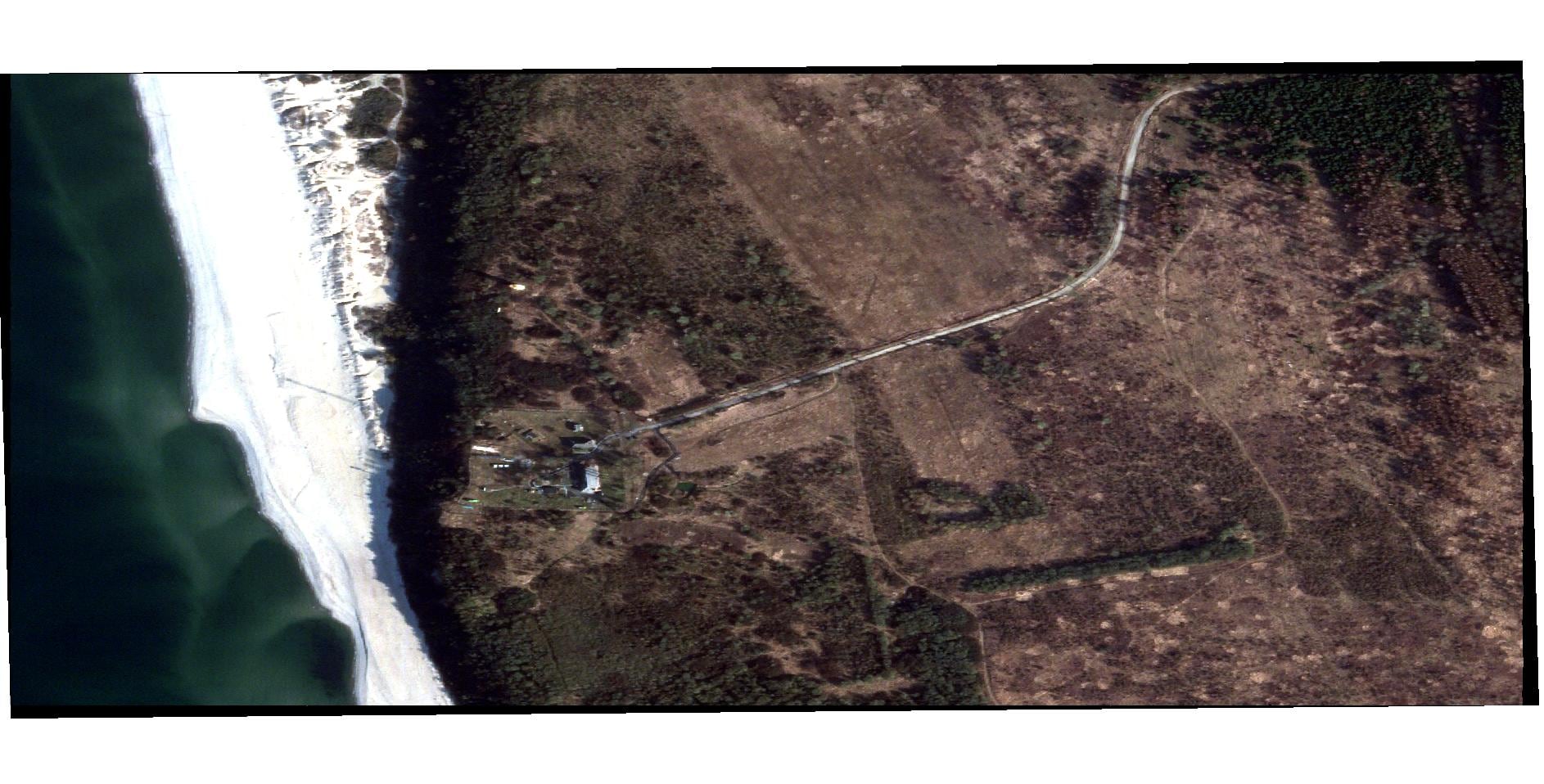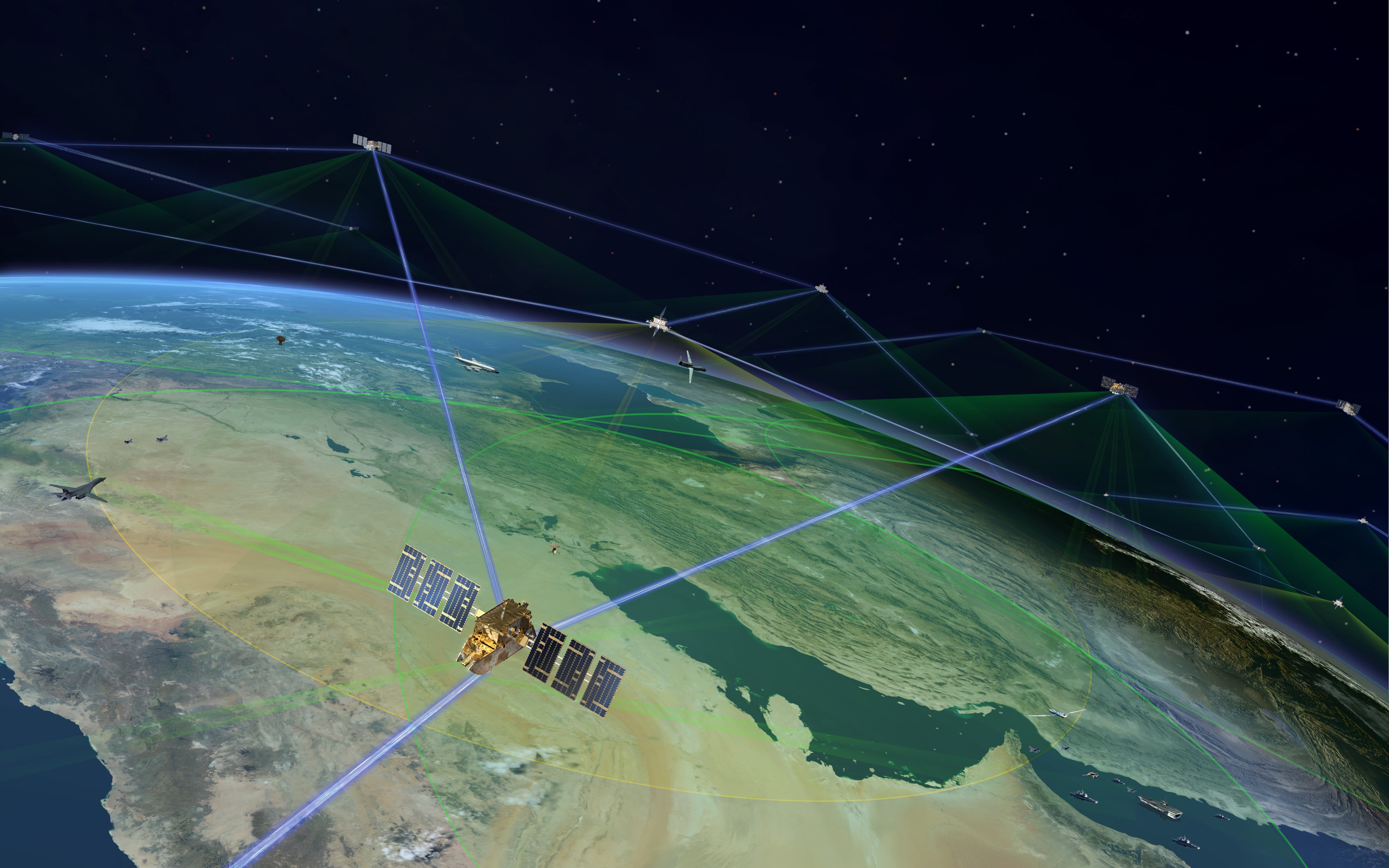Ask any commander what they need more of and the answer is predictable: more intelligence, more surveillance and more reconnaissance.
Despite the advent of drone technology, resources for these capabilities remain limited. In addition, the ISR workforce has become strained after 16 years of continuous operations.
But lawmakers are working to minimize these shortfalls through the annual defense authorization bill. A conference report rectifying the House and Senate versions of the National Defense Authorization Act and released Nov. 8 specifically addresses ISR funding and requirements. Both chambers still need to pass a final version of the bill.
“U.S. geographic combatant commanders have increased their airborne intelligence, surveillance, and reconnaissance (ISR) requirements by over 800% during the past 10 years, but the Chairman of the Joint Chiefs of Staff and the military services are meeting only 30% overall of those airborne ISR requirements,” a Nov. 9 press release from the House Armed Services read.
The bill proposes several solutions, including:
- Prohibiting the retirement of the U-2 and RQ-4 Global Hawk surveillance aircraft for yet another year;
- Increased funding for the development of ISR sensors that support high-altitude platforms, and;
- Appointing the chairman of the joint chiefs of staff as the ISR functional manager for the integration, synchronization and allocation of airborne ISR capabilities.
[Northrop starts flight testing advanced imaging sensor on Global Hawk]
The bill also calls for the authorization of $60 million for six Extended Range Improved Gray Eagle unmanned systems for the Army. The Gray Eagle - the Army’s version of the Air Force’s MQ-9 Reaper medium altitude, long endurance unmanned system - performs ISR and strike missions. It is allocated at the division level.
[Army reevaluating Gray Eagle drone operations, employment]
The Extended Range version allows the aircraft to fly longer missions.
The committee report says the bill also authorizes funding for the development of the MQ-25A unmanned aerial tanker the Navy is working to bring online. While many hoped the Navy’s unmanned carrier drone would be an ISR platform with potential strike capabilities, the Navy instead opted for a tanker to increase the range of its fighter fleet. Still, military leaders have left open the possibility that the aircraft could be outfitted with ISR sensors and perform limited ISR tasks in addition to its tanking mission.
[Northrop pulls out of MQ-25 drone competition]
“The MQ-25A will be capable of collecting and sharing intelligence, surveillance and reconnaissance information,” the bill’s summary says. “In effect, the MQ-25A will act as a force multiplier by increasing situational awareness of employed forces while increasing the number of F-18s available for combat missions by eliminating the current requirement for these assets to provide air refueling support.”
Mark Pomerleau is a reporter for C4ISRNET, covering information warfare and cyberspace.

